Light Adaptation
In “Light Adaptation,” the poet Sarah Steinke offers images that evoke childhood fear and the darkness of memory while also leading into the freedom of revelation, of “everything visible” becoming “light.”
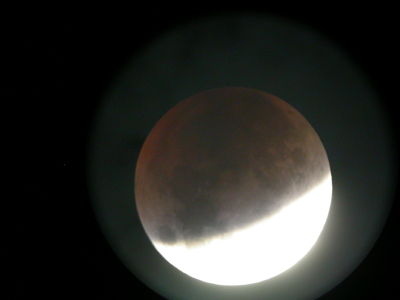
In “Light Adaptation,” the poet Sarah Steinke offers images that evoke childhood fear and the darkness of memory while also leading into the freedom of revelation, of “everything visible” becoming “light.”

In “Prayer as Definition,” the poet Nicholas Samaras meditates on the essence of prayer as both conversation and communion, even with the barest of words.
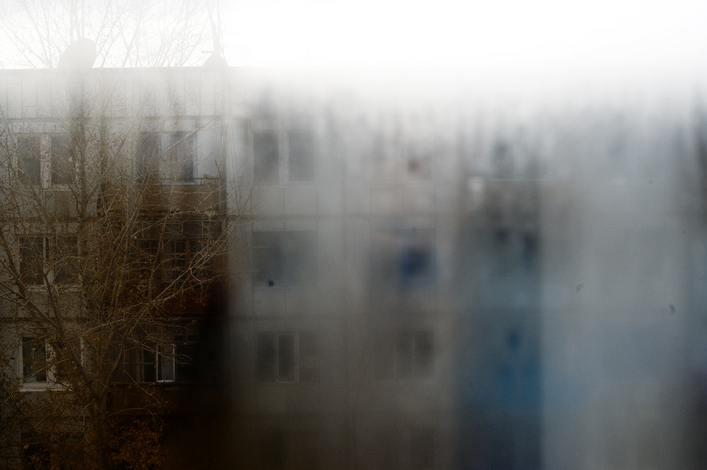
Rebecca Lynne Fullan, in “Telling My Beads,” weighs her reasons for wearing a rosary for inspiration, Christ’s “tiny twist . . . of body in metal” a strange weight on both body and soul.
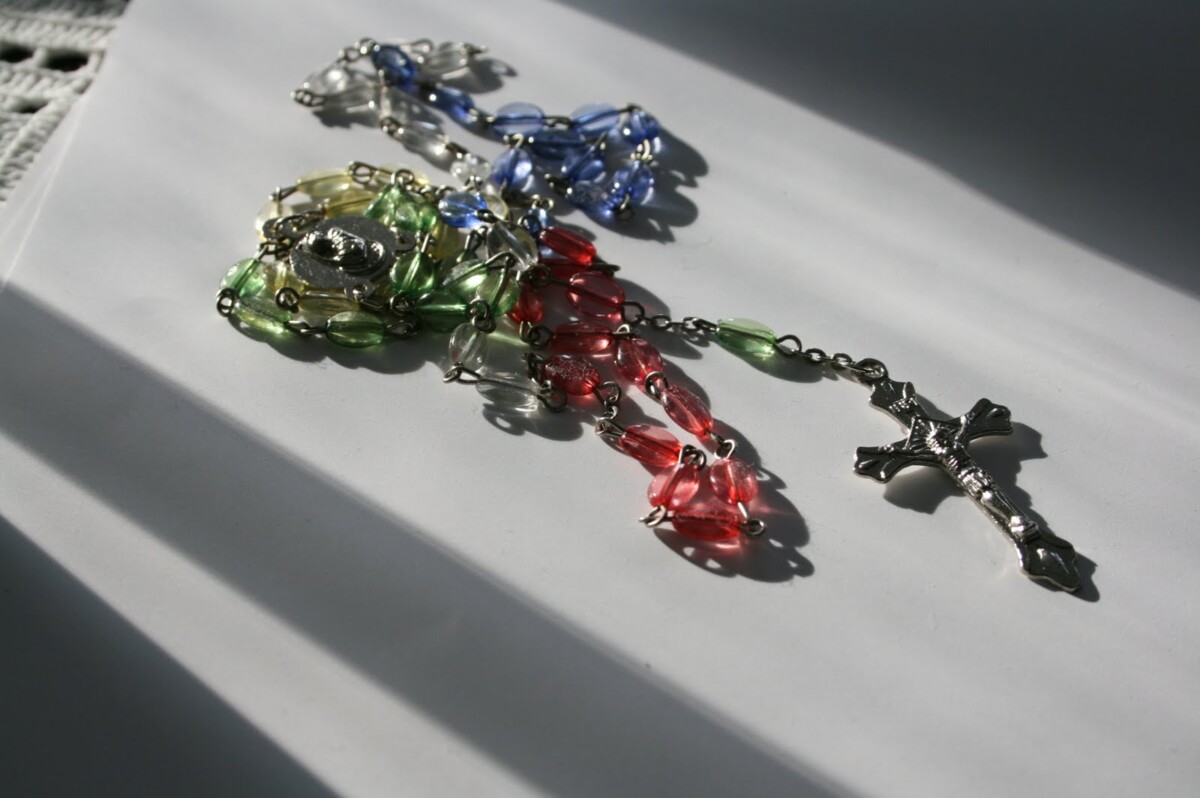
Marci Rae Johnson, in “Desk, with Window Frame and Heaven,” offers a sketch of a private room, an unopened window, a sad Jesus on a simple crucifix, and the billowing of both clouds and desire to open and be opened, to see more than “the words behind [our] eyes.”
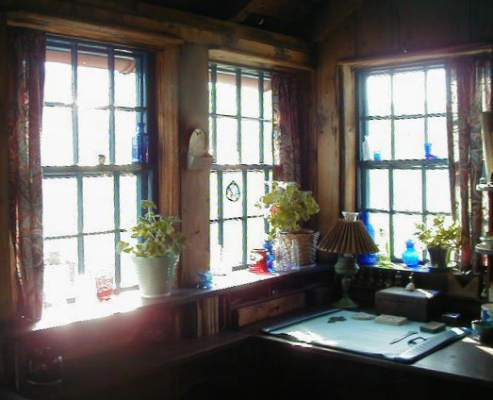
I. To the dogwood still in bloom, the dead rhododendron, the azalea that bleeds its desire out. In case. II. To the birds in jeweled leaves, drying their feathers, wet chirps, wet grass, wet ground. To the knot in my shoulder just at the point where my mother pinned my wings, traced with pencil, snipped […]

In “Theater of the Absurd,” the narrator’s own “committed” prayers mimic the disrupting gasps of a man with Tourette’s syndrome, a visible sign of “everyman’s condition.”

In “Water Mission,” Jillena Rose offers a narrative of a childhood in Saigon, where she learned the prayer of “women in white silk laughing, letting water run over their fingers . . . another sound for praise.”
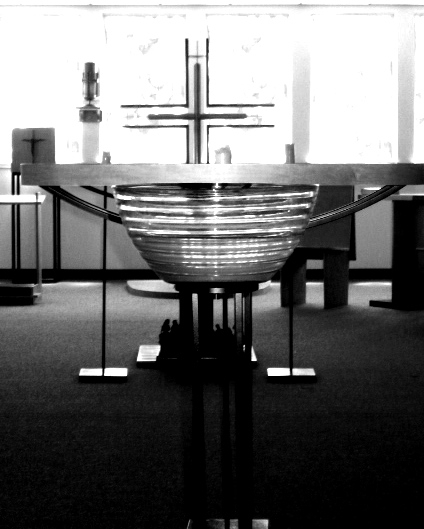
Katie Manning explores the resonance between the beating of a heart and the insistent pulses of prayer.

In this essay, Roy Barsness offers a Christian perspective on politics and citizenship; that of loving our neighbor as oneself.
